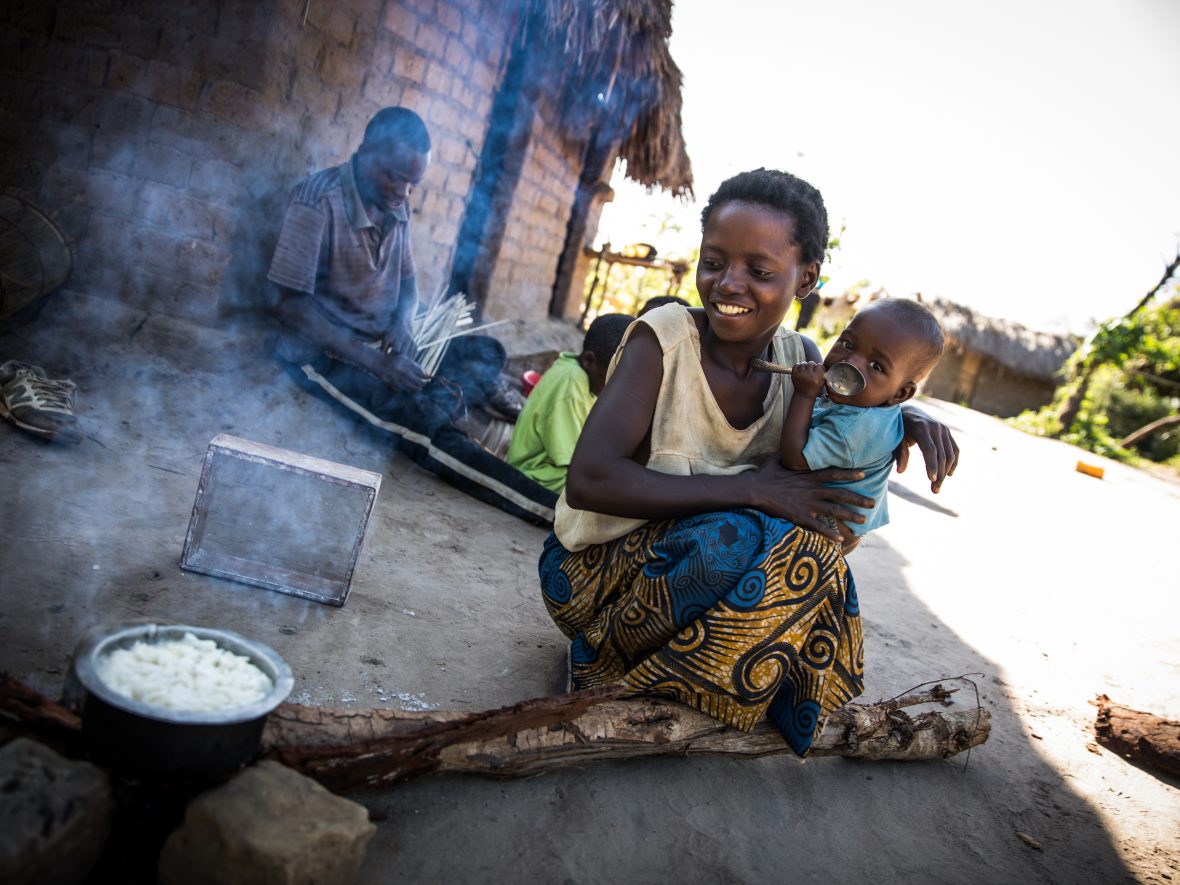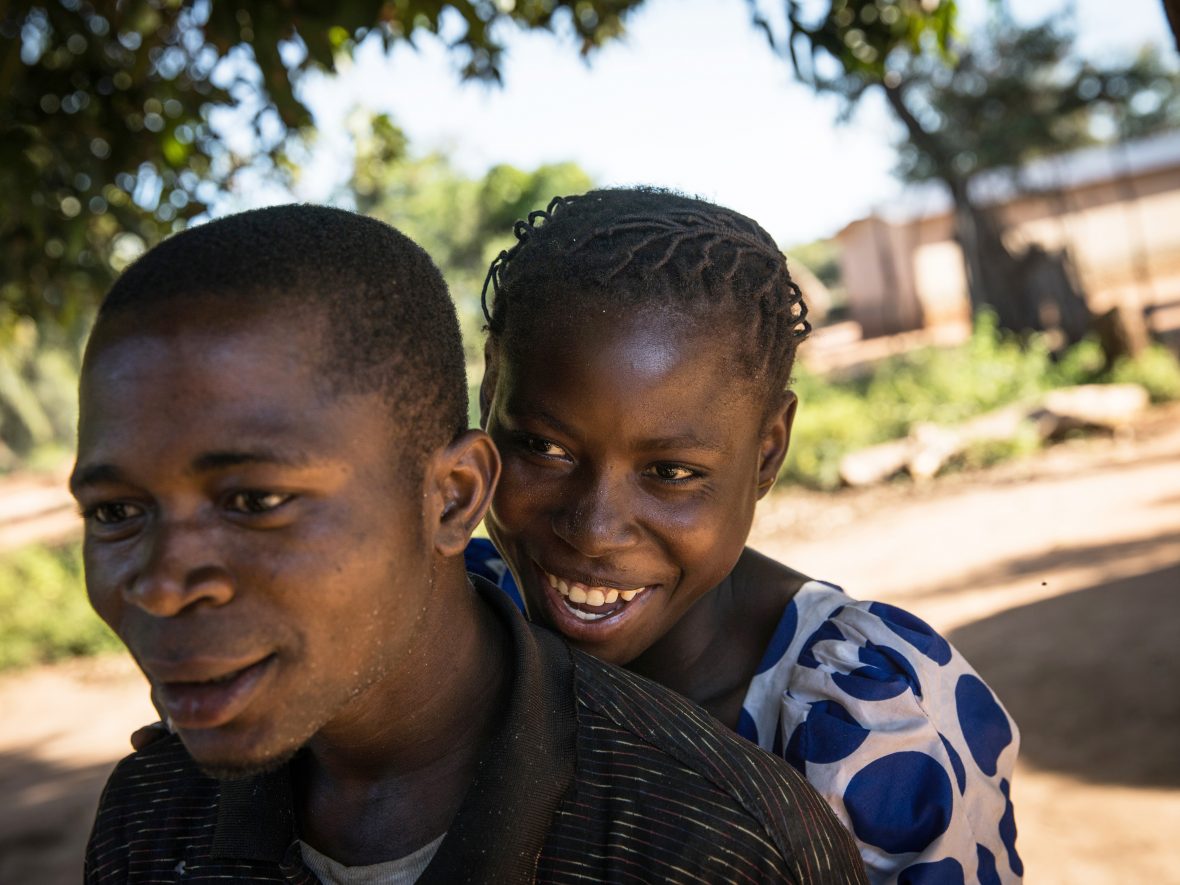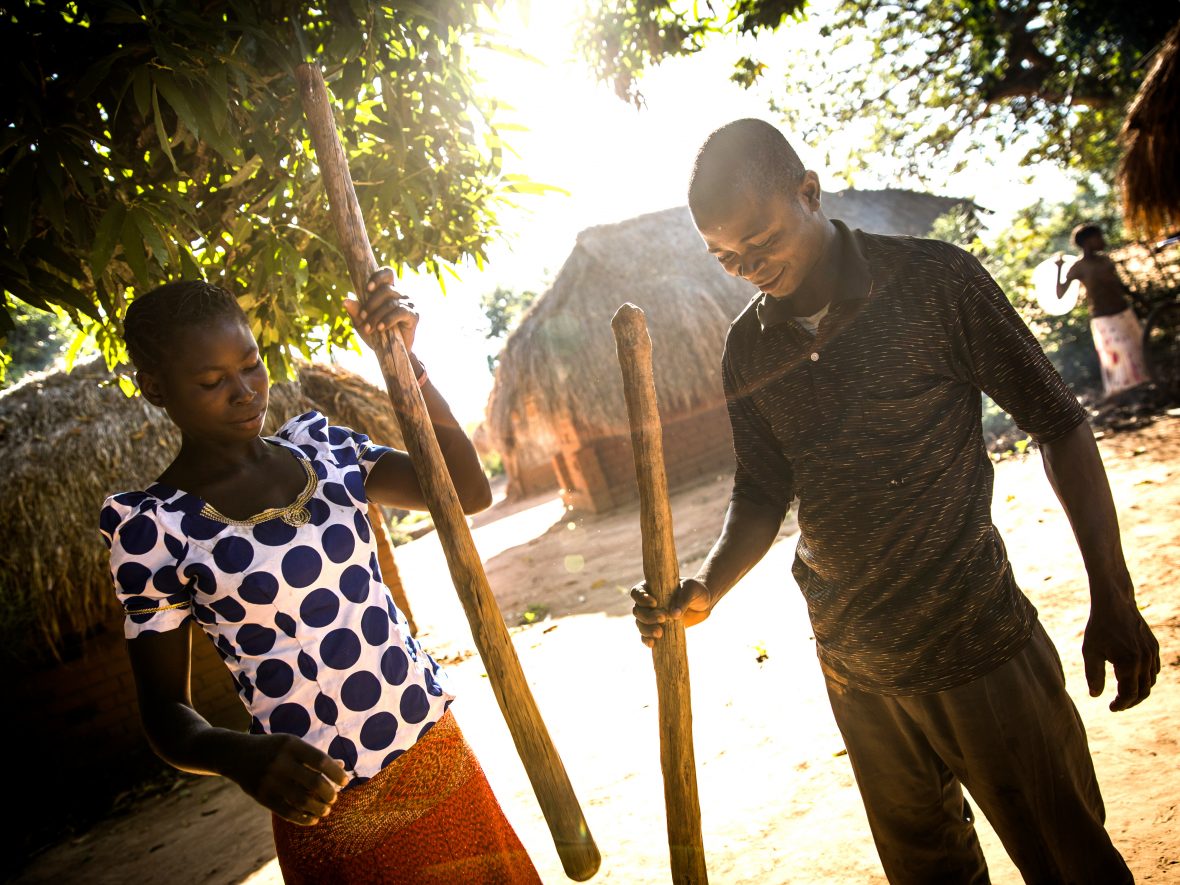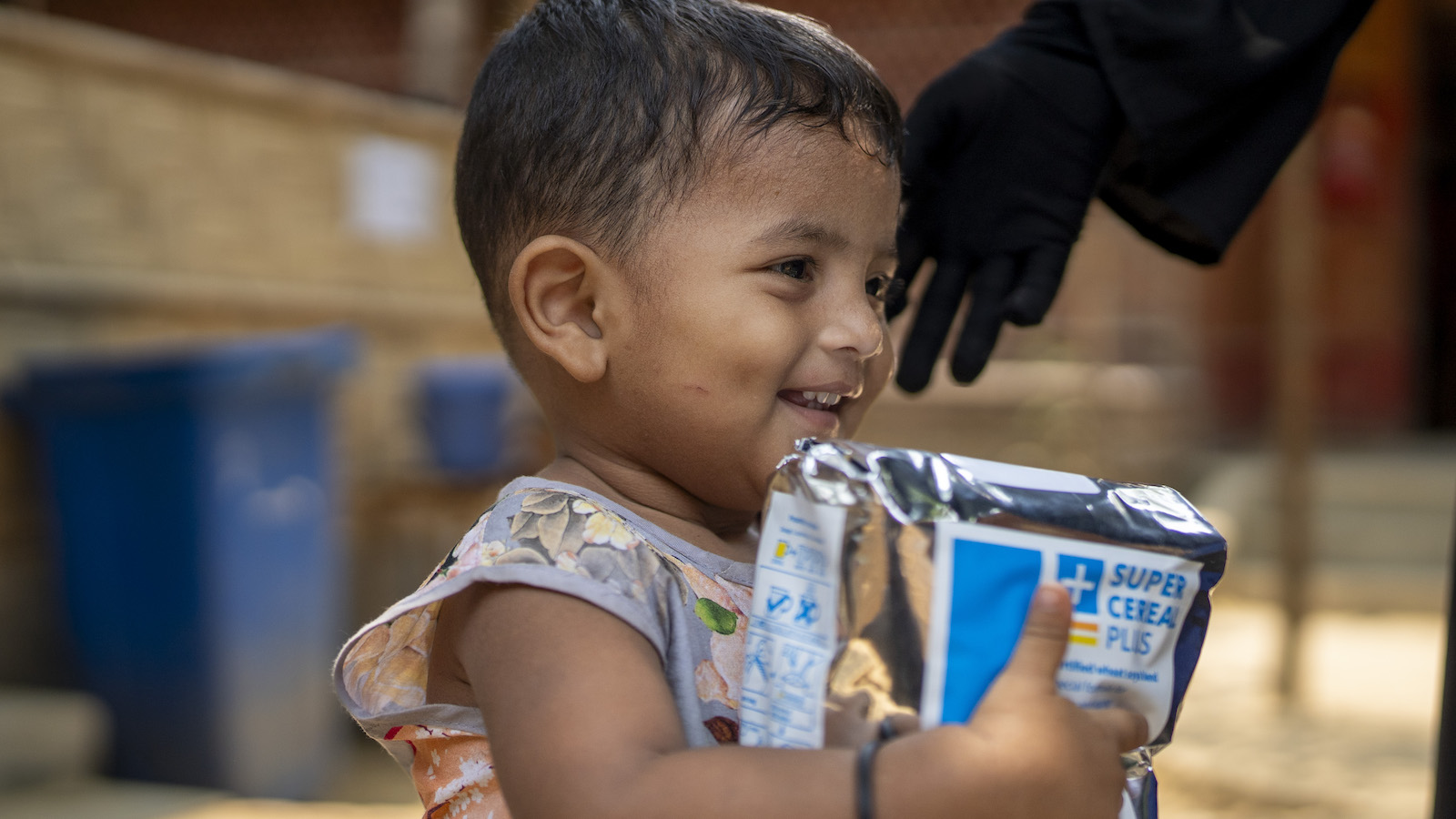Inequality and hunger exist in a vicious cycle. This piece is adapted in part from Naomi Hossain's "Inequality, Hunger, and Malnutrition: Power Matters," published as part of the 2017 Global Hunger Index by Concern Worldwide and Welthungerhilfe, and updated for 2021.
The world produces enough food to feed the entire global population. Yet hunger not only persists, it’s on the rise. Why? For starters, let’s look at the links between inequality and hunger.
Typically, people with the least amount of social, economic, or political power are more likely to suffer hunger or malnutrition. This holds true whether they are barely getting by in a remote rural area of a low-income country, or living in a marginalized community in a large city in a high-income country.
What we talk about when we talk about power
Power may be an abstract concept, but its impact is tangible. Whether local or global, power is clear in any food system. Market shares allow large food corporations to influence the cost of food. Government regulations influence cost as well as availability. International organizations and private companies can shape debates and public opinion. Even at home, parents and caregivers are able to make decisions that shape their entire family’s lives based on what they buy (and what they don’t).
In this sense, power isn’t a bad thing. But a lack of power is what leads to inequalities. If left unaddressed, these inequalities can lead to even greater cases of hunger and malnutrition among people already hit hardest by the imbalance.
This uneven distribution of hunger and malnutrition in all its forms is rooted in inequalities of social, political, and economic power.
The uneven distribution of hunger and malnutrition is rooted in inequalities of social, political, and economic power.
Inequality and hunger: A vicious cycle
A 2015 report published by the International Panel of Experts on Sustainable Food Systems (IPES) shows a clear link between income inequalities and hunger, writing: “Power imbalances, often stemming from economic inequalities, are…a key factor in the way food systems operate.”
While poverty is the clearest manifestation of social inequality, it’s not the only way inequality influences hunger. Women and girls make up 60% of the world’s hungry, often the result of deeply-rooted social structures that deny women equal access to services and resources. Likewise, ethnic minorities are often victims of discrimination and experience greater levels of poverty and hunger. And three-quarters of the world’s poor live in rural areas, where hunger is typically higher.

Two sides of an hourglass
One way to visualize the link between inequality and hunger is to think of an hourglass. On one side of the hourglass are small-scale farmers and underpaid food producers. At the other end are people who aren’t involved in producing food, but are similarly excluded from food systems. The power that sits at the center of the hourglass amplifies poverty, hunger, and inequality that sit at both ends.
This is the case for Natalie Ngoyi, 20, and her husband George, 31. The couple live in Manono Territory, in the Democratic Republic of Congo — which consistently ranks among both the poorest and hungriest countries in the world. Inequality is linked to the conflict that has affected Manono, with one study co-published by the organizations Search for Common Ground and Food for the Hungry and USAID attributing 23% of the current instability to power and economic inequality. This creates a vicious cycle: With resources scarce, these inequalities become more entrenched. It also makes it harder for marginalized families to get the resources they need to survive and thrive.

Gender inequality is one of the biggest threats to Zero Hunger
For Natalie, however, the bigger inequality has been her gender. In the DRC, women being left out of the decision-making process at home and forced to bear the brunt of physical labor is the rule rather than the exception. “I had to dig cassava on my own,” she says. Of this attitude, George added: “Everything I did was about me making firm decisions. I rejected all of Natalie’s proposals as she is a woman.”
For many women, this is where inequality and hunger intersect: Women often eat last, and only what’s left over, after their partners and children and other family members eat. For this reason, in nearly 65% of the countries in the world, women are more likely than men to go hungry. This is even true for female farmers, who make up half of the world’s small-scale farming workforce, yet have fewer resources like equipment, fertilizer, and land.
Restoring the balance
George’s attitudes towards gender were challenged when he participated in gender equality training as part of Concern’s Graduation model in the DRC. While he had grown up believing male leadership to be traditional and expected, George came to realize that those same attitudes have led to his country being infamously harsh for women, fostering cultures of gender-based violence that are exacerbated in conflict and other crises.
Gender equality programs and workshops aim to change those attitudes from the bottom up, teaching values of respect and shared work and creating a safer and more equitable place for Congolese women. “I work in the fields, I dig the cassava now, too,” George says of his shifts since joining the program. “I cut firewood, prepare cassava leaves for food, I draw water in the house and get the fire going in the kitchen.” Most importantly: “I now consider my wife to be my equal.”

At the baseline level, this is the work that must be done at scale to address the cycle of inequality and poverty. The vast inequalities that enable hunger have generated a similarly wide range of efforts to resist and redistribute power.
Equality and Zero Hunger: The bigger picture
A large amount of this responsibility lies with governments and policymakers. To bring equity into our global food system, leaders must actively include underrepresented and marginalized groups in policy-making processes. Small-scale farmers, for example, produce food and feed communities, but are often excluded from contributing to policies and laws that affect their livelihoods. This is especially critical in the wake of COVID-19, which has not only furthered inequalities but also contributed to a rise in hunger levels among the most vulnerable communities.
National policies should take into account how hunger and malnutrition are distributed across the population, and how power inequalities affect different groups in society — for example, how discriminatory gender norms and practices can harm the nutritional status of women and girls.
At the same time, organizations like Concern will continue to work towards undoing the harmful practices and norms that foster inequalities, especially those around gender, with families like George and Natalie’s.

